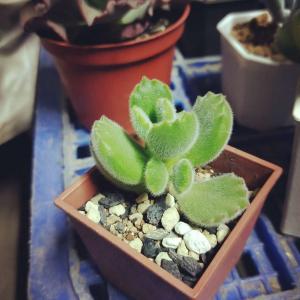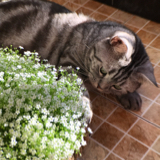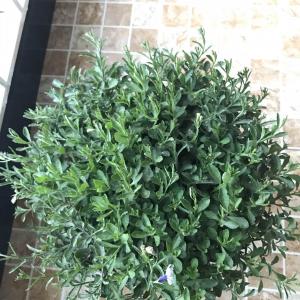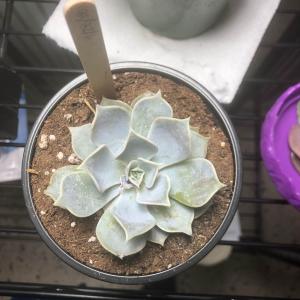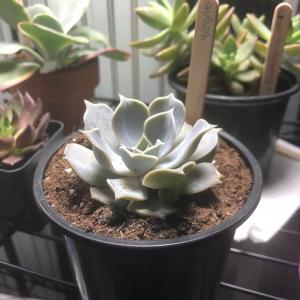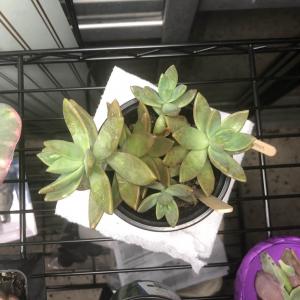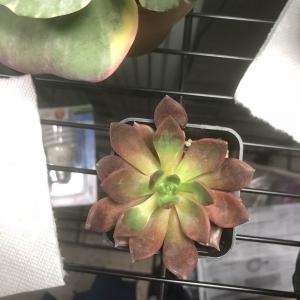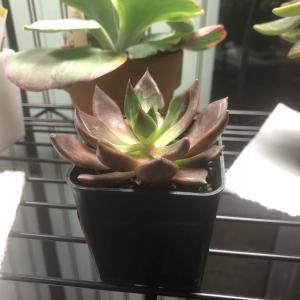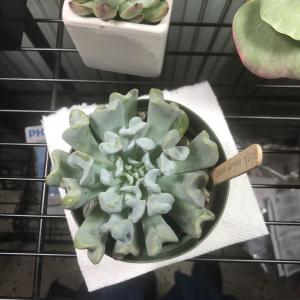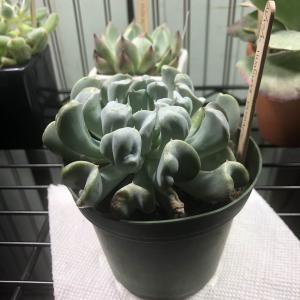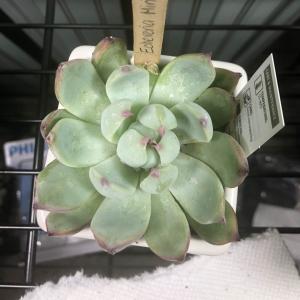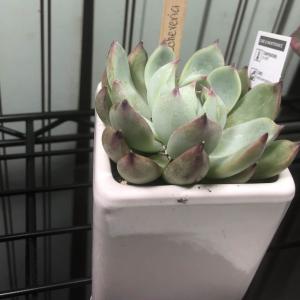文章
Miss Chen
2018年05月04日

Description: This annual plant consists of sprawling stems with pairs of opposite leaves. The stems are up to 5 cm. (2") long; they are whitish green and occasionally branch. The opposite leaves are 3-4 mm. long and about half as much across; they are medium green, ovate-oblong or obovate-oblong, and smooth along their margins. Each leaf tapers to a short petiole. There are separate male and female flowers on each plant (monoecious) at the axils of the leaves. These flowers are very small (less than 1/8" across) and greenish. Each male flower produces a single stamen, while each female flowers produces a single pistil with a pair of styles. These flowers have neither petals nor sepals. The blooming period occurs from late spring to mid-summer and lasts 1-2 months. The fruit of each female flower is 4-celled; it has a double-ovoid shape (similar to the fruit of a Galium sp.) and a short peduncle. Each cell of the fruit contains a single nutlet. This plant reproduces primarily by reseeding itself; it can reproduce vegetatively by forming rootlets at the axils of the leaves.
Cultivation: The preference is light shade to dappled sunlight, moist to dry-mesic conditions, and barren soil that is devoid of competing ground vegetation. This plant is often found on compacted soil containing clay, glacial till, or rocky material.
Range & Habitat: The native Terrestrial Starwort occurs occasionally in the southern half of Illinois; it is largely absent in the northern half of the state (see Distribution Map). Habitats include barren areas of hilly upland woodlands (particularly those that are dominated by oaks), edges of bluffs, footpaths in wooded areas, shaded gravelly seeps, and rocky riverbanks.
Faunal Associations: Information about floral-faunal relationships for this species is unavailable.

Photographic Location: Along a bluff in Vermilion County, Illinois.
Comments: This is probably the smallest terrestrial flowering plant in Illinois (Lemma minor, or Lesser Pondweed, is even smaller, but it floats on water). To see the flowers and fruits near the axils of the leaves, a 10x hand lens is required. Terrestrial Starwort resembles a low-growing moss, but it is more leafy in appearance. Other species in this genus are submerged or emergent aquatic plants; these Callitriche spp. are referred to as Water Starworts, and they are small in size as well. The submerged leaves of these latter species are linear in shape, but their emergent leaves resemble those of Terrestrial Starwort. While the fruits of Terrestrial Starwort have short peduncles, the fruits of Water Starworts are sessile, or nearly so.
Cultivation: The preference is light shade to dappled sunlight, moist to dry-mesic conditions, and barren soil that is devoid of competing ground vegetation. This plant is often found on compacted soil containing clay, glacial till, or rocky material.
Range & Habitat: The native Terrestrial Starwort occurs occasionally in the southern half of Illinois; it is largely absent in the northern half of the state (see Distribution Map). Habitats include barren areas of hilly upland woodlands (particularly those that are dominated by oaks), edges of bluffs, footpaths in wooded areas, shaded gravelly seeps, and rocky riverbanks.
Faunal Associations: Information about floral-faunal relationships for this species is unavailable.

Photographic Location: Along a bluff in Vermilion County, Illinois.
Comments: This is probably the smallest terrestrial flowering plant in Illinois (Lemma minor, or Lesser Pondweed, is even smaller, but it floats on water). To see the flowers and fruits near the axils of the leaves, a 10x hand lens is required. Terrestrial Starwort resembles a low-growing moss, but it is more leafy in appearance. Other species in this genus are submerged or emergent aquatic plants; these Callitriche spp. are referred to as Water Starworts, and they are small in size as well. The submerged leaves of these latter species are linear in shape, but their emergent leaves resemble those of Terrestrial Starwort. While the fruits of Terrestrial Starwort have short peduncles, the fruits of Water Starworts are sessile, or nearly so.
0
0
文章
权问薇
2018年05月03日


一、花期
这种花一般是在六到九月份的时候开始长出来更多茂密的花,但是要是养护的非常好的话,可以把它长花的时间从5月份开始延长到12月份。

二、办法
1、修剪
每一年的三四月份的时候,它的新的枝都会逐渐的萌生出来,然后在它的盆的上面十㎝左右的区域,将上面的枝给全部的去掉,可以让它新生出来更多的新的枝。这样,在五月份的时候它的花就可以新生出来。
2、加肥
第一,在它的花谢掉了以后,把它老掉的花的梗给去掉,并且给它把土给松松,并且在它长花的时候它花费了很多的养分,应当要在它的花凋谢之后给它加一些剂量比较少的肥,这样等到八九月份,它就又可以长出来新的花。第二,在它的第二次长花之后,又按照上面的方法给它把枝给去掉,把土给松一下,并且给它加肥,等到十二月份就又可以长出来新的花了。

三、日常照料
1、控制高度
第一,为了让它的形态更加的好看,应当要给它把高度给控制好,否则它的枝会长得很长,可以给它进行摘心。第二,为了让它的形态更加的丰满,在它长花之后还应该给它重复的修剪。
2、固定形态
第一,因为这种花是属于藤本类的植物,为了不让它的茎非常的杂乱,应该要在它还是小苗的时候给它培养一根十厘米左右的蔓条。然后把它身上多余的茎给去掉。第二,然后用一个圆形的拍子把它的主蔓给固定住,然后把其他的枝扎在拍子上面,让它们在拍子上成长。等到拍子上长满了枝条以后给它进行摘心,让它的养料集中在要长花的枝上。
0
0
成长记
sofiag
2018年05月02日

14 hours of light.
5/2/18

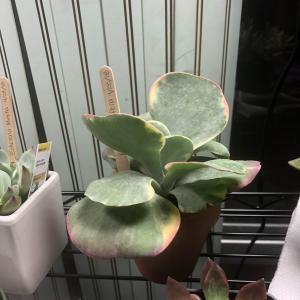
5/2/18


2
0
sofiag:@meriunkat AHHH thanks I will!
meriunkat:Dont forget to add Variegated in the plant name :)









